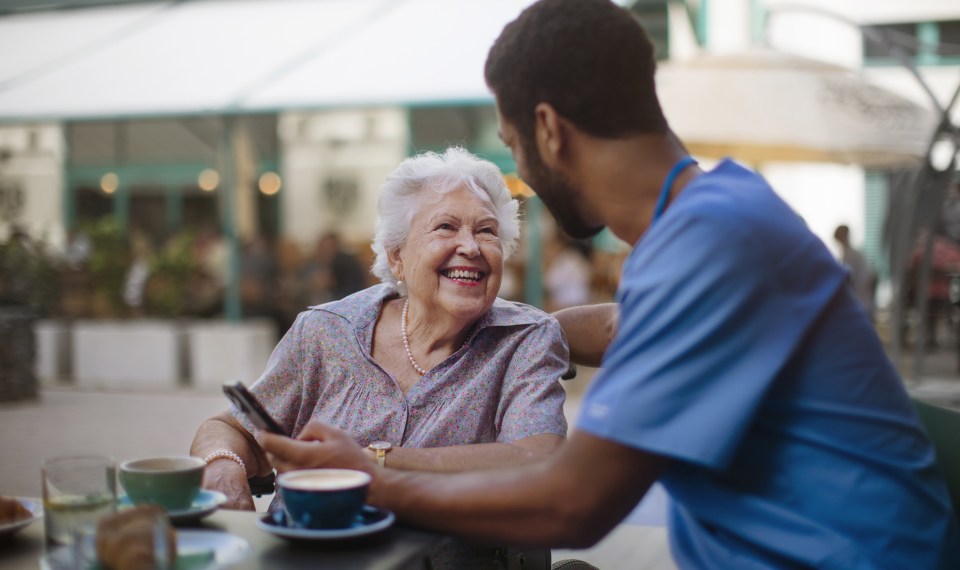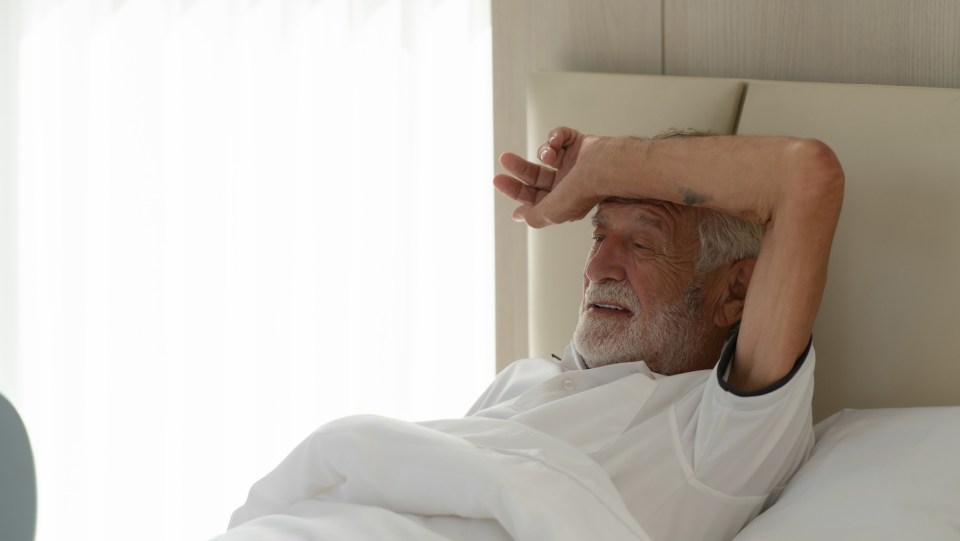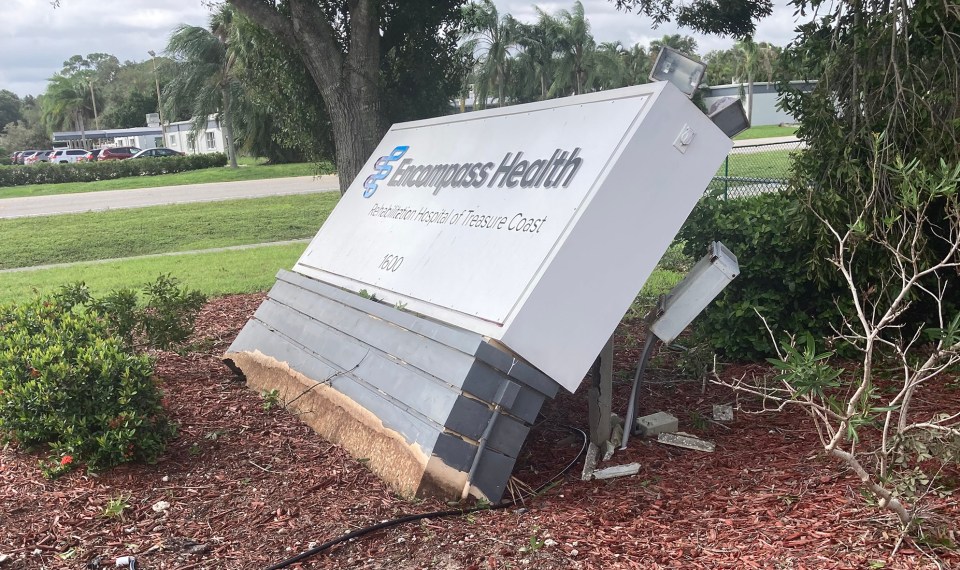Occupational therapy professionals are tasked with competing priorities as they facilitate functional outcomes and community reentry, especially when working with patients with acquired brain injuries.
In addition to basic self-care and mobility, occupational therapy professionals address these patients’ environmental barriers, physical impairments and cognitive factors that impact quality of life and the ability to perform complex tasks. Studies show that performing complex tasks are essential for independent living. Physical performance at discharge also predicts health-related quality of life and community reintegration for these patients.
One way inpatient rehabilitation programs can support community reintegration in patients with acquired brain injuries is through community outings.
This type of intervention enables patients to experience community settings in a supervised environment while still being under the care of a medical professional for their condition. Community outings assist patients with achieving their desired outcomes and resuming meaningful occupations and goals. Additional benefits of community outings include:
- Providing opportunities to engage patients in a complex environment
- Using real-world situations and learned strategies to improve safety and independence in the community
- Improving patient satisfaction and empowerment through engagement in person-centered tasks
- Allowing opportunities for social interaction with other patients and community members
- Eliminating negative perceptions about community reentry and loss of valued occupations
Conducting a Community Outing
Community outings can be conducted in a variety of environments and locations but are ideally carried out in the environment the patient intends to return to.
If the patient’s desired setting is unavailable, the patient should participate in a simulated environment.
Outings can challenge a patient’s mobility, critical thinking and problem-solving. They allow them the opportunity to traverse uneven terrains, perform car/van transfers and navigate both familiar and unfamiliar environments.
The process for community outings may vary across facilities and geographic regions. Despite this variation, a successful program depends on several components to maximize the patient’s safety while performing purposeful tasks. This is best accomplished by proactive planning of the outing. An organized approach should include:
- Communication and goal setting between the therapist and patient prior to the outing
- Discuss the outing in the interdisciplinary team conference to consider potential barriers (i.e., agitation, restraints, infections, drug history, modified diet, etc.)
- Get a signed order from the patient’s doctor for the outing
- A location is selected with sufficient time allotted in the schedule, keeping in mind loading time, transport and actual time at destination
- Transportation needs are identified and secured, such as a facility vehicle if available, versus a medical transport company or public transportation
- The patient’s medical status is checked and approved by their nurse on the day of the outing
- Schedule the outing with qualified skilled professionals who can meet the medical and clinical inpatient needs of the patient during the outing.
- Important supplies are packed such as a first aid kit, pulse oximeter, change of clothes, wipes and gloves, blood pressure cuff, catheters, etc.
- Provide the patient with the opportunity to perform the community outing with a predetermined amount of supervision/cues/assistance for success
Community Outings and iADLs
Outings can be useful when addressing patients’ instrumental activities of daily living (iADLs). These are the activities that are beyond the basics and are more complex. Some iADLs can include money management, phone use, healthcare appointments, grocery shopping and transportation.
By participating in community outings, patients can practice or learn skills required to engage in iADLs while under the supervision of skilled clinicians. Engagement in the community can also improve their ability to resume the cognitive demands of their everyday life.
Person-Center Outings
Outings promote participation in leisure activities. A patient may resume previously valued hobbies such as going to the movies, bowling, miniature golfing, visiting a museum or walking in their favorite park. While outings can be positive experiences for most, the best opportunities are those that are person-centered and focused on resuming prior habits, roles and routines.
A person-centered outing is one that considers an individual’s favorite places or activities. Choosing a place such as their preferred breakfast spot, their barber shop or even a bingo hall to socialize with their peers while recovering will further integrate the person in their community.
Possible Barriers
Although community outings can be beneficial, there are still barriers that might hinder the ability to initiate and carry out an outing.
Some barriers that OT professionals may encounter when trying to plan community trips with patients in their hospital might include:
- Not having access to appropriate transportation
- Proximity to shopping areas (if in a rural area)
- Limited staffing
- Decreased recognition of the importance of community outings
- Budget limitations
- Accessible destinations that are ADA compliant
- Differences in ability if more than one patient is attending an outing
While some barriers might be difficult to address, there are solutions to ensure quality of community outings.
If transportation is a barrier for your hospital, and you have limited access to wheelchair vans or hospital transportation, consider contracting with a cab or ambulance company. With a contract, these companies will be readily available for use and can accommodate patients at different levels and with various equipment needs.
If your hospital is located in a rural setting and is not near a large mall or shopping area, you can visit smaller, local shops near your location. These could include a sandwich shop, coffee shop or a bookstore.
Advocating for Community Outings
Community outings are essential when helping individuals with brain injury successfully reintegrate into their community, so advocating for them is important. If your hospital is hesitant to conduct community outings, discuss the benefits with hospital administration. It is important to include clear goals and objectives when advocating for the needs of community outings and reentry.
To have a successful outing, planning is key. Research locations ahead of time. Plan for patients to have their own money or hospital petty cash for any transactions, and provide appropriate staffing for the trip, which will be determined by the number of patients and their level of ability.
With an organized plan and support from the therapy team, individuals with brain injuries can learn the skills they need to return to the community and improve their quality of life.
Encompass Health occupational therapy leaders Erin Henshaw, Moriah Lewis, Cody Larue and Angel Acevedo also contributed to this research and post.
References
Cohen, J.W., Ivanova, T. D., Brouwer, B., Miller, K. J., Bryant, D., & Garland, S. J. (2018). Do performance measures of strength, balance, and mobility predict quality of life and community reintegration after stroke? Archives of Physical Medicine & Rehabilitation, 99: 713-719.
Edwards, D. F., Wolf, T. J., Marks, T., Alter S, Larkin, V., Padesky, B. L, et al. (2019). Reliability and validity of a functional cognition screening tool to identify the need for occupational therapy. American Journal of Occupational Therapy, 73(2): 7302205050. https://doi.org/10.5014/ajot.2019.028753
Wesson, J., Clemson, L., Brodaty, H., & Reppermund, S. (2016). Estimating functional cognition in older adults using observational assessments of task performance in complex, everyday activities: A systematic review and evaluation of measurement properties. Neuroscience and Biobehavioral Reviews, 68: 335-360. https://doi.org/10.1016/j.neubiorev.2016.05.024
The content of this site is for informational purposes only and should not be taken as professional medical advice. Always seek the advice of your physician or other qualified healthcare provider with any questions you may have regarding any medical conditions or treatments.



